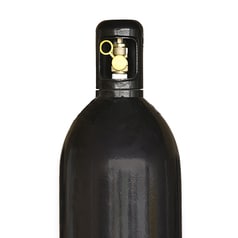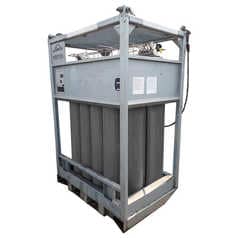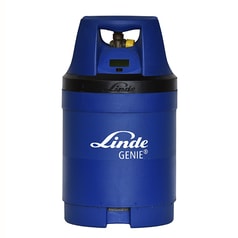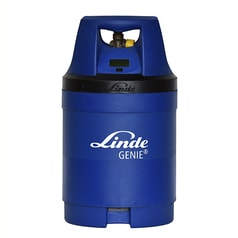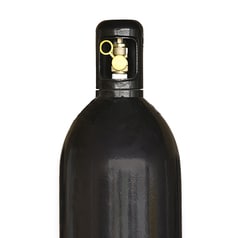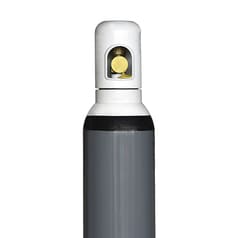Pour bénéficier d’un affichage optimal de la boutique en ligne de PanGas, vous avez besoin pour le navigateur de la version minimale suivante:
• Internet Explorer 9.0
• Mozilla Firefox 38
• Safari 8
• Chrome 45
Veuillez vous assurer que JavaScript est activé dans les paramètres de votre navigateur.
Soil freezing with liquid nitrogen
Under certain conditions, freezing soil with liquid nitrogen offers the best solution compared to conventional soil treatment methods
Over the past two decades, soil freezing with liquid nitrogen (LIN) has evolved from a rather exotic gas application to a standard process for treating unstable soils and leaks.
Advantages:
- Relatively short on-site set-up time
- Higher cooling rates and lower freezing temperatures achievable than with brine freezing
- Low liquid nitrogen temperature (-196°C) allows freezing times of less than 1 month
- Environmentally friendly process without hazardous substances, no ground water pollution
- High flexibility in the design of the freezing house
- Combination of sealing and static strength
- Ice formation possible due to soil moisture 10%
- The strength of the frost body is comparable to that of concrete
- Consolidation of the soil takes place only temporarily. After turning off the LIN supply the soil thaws again within a few weeks
- High security of supply by remote monitoring of the nitrogen tank systems and automatic resupply
Process description
Freeze pipes made of copper with a standard diameter of 54 mm are laid at an average distance of 0.8 meters apart. Open inner pipes are installed at the bottom in the freeze pipes.
Freezing
Liquid nitrogen (LIN) is fed into the pipes through insulated supply lines, and the LIN evaporates. 1 kg of LIN extracts an energy of about 200 kJ from the surrounding soil, i.e., the soil cools and freezes. The vaporized, cold gaseous nitrogen (GAN - "Gaseous Nitrogen"), which is also called exhaust gas, extracts another 100 kJ or so from the soil. A solenoid valve is controlled by the temperature of the exhaust gas. This ensures a steady flow and LIN use with optimal efficiency. Over time, the frozen areas around the freezing pipes collide, merge and eventually grow into a closed and watertight wall. In about a week, this process creates a body of frost with a diameter of about 1 meter.
Retention phase of ice formation
In the subsequent retention phase, the LIN supply is reduced so that the frost body does not grow further, but retains its volume.
End of icing
When the LIN supply is cut off, the frost body begins to melt and is gone within a few weeks.


